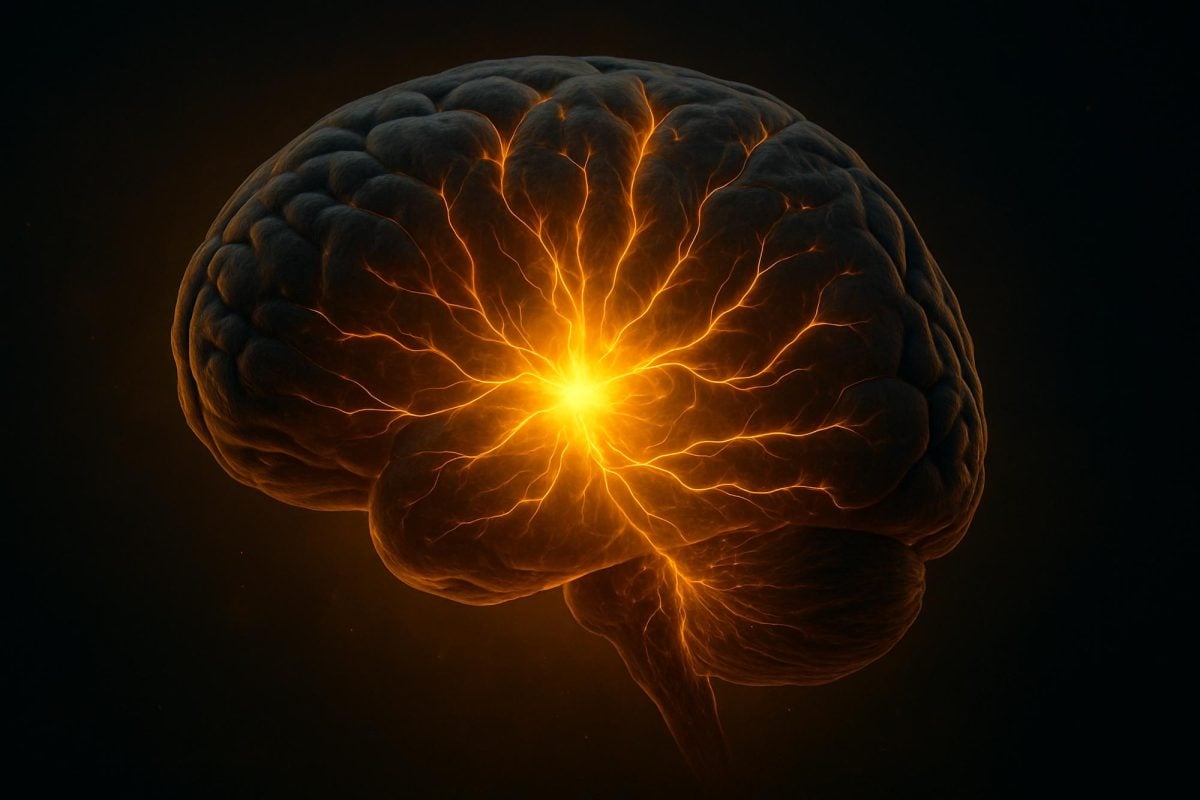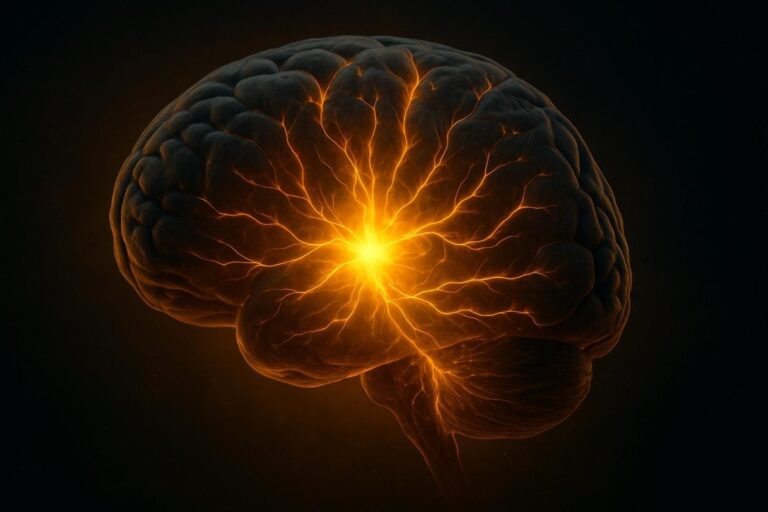Unlocking the Neurochemical Secrets of Fear, Stress, and Emotional Balance
In a fascinating revelation that reshapes our understanding of fear, motivation, and emotional regulation, neuroscientists have discovered how dopamine—often referred to as the “feel-good” chemical—not only enhances pleasure and motivation but also plays a critical role in flipping the brain’s fear switch and initiating states of calm.
While dopamine has long been associated with reward pathways and addictive behaviors, new research indicates that this neurotransmitter is also intricately involved in how we process fear, overcome anxiety, and return to emotional balance after a threat.
Let’s dive into how dopamine works behind the scenes to quiet the panic, rewire fear responses, and possibly even unlock new treatments for disorders like PTSD, phobias, and chronic stress.
Understanding Fear: A Brainwide Circuit
To grasp dopamine’s role in fear, we must first understand how the brain experiences fear. The amygdala—a small almond-shaped structure deep within the brain—is considered the hub of fear processing. When we encounter a threat, real or perceived, the amygdala activates almost instantly, triggering the “fight or flight” response.
This sets off a chain reaction:
The hypothalamus signals the adrenal glands to release cortisol and adrenaline.
Heart rate increases, pupils dilate, and the body is primed for action.
The prefrontal cortex, responsible for logic and reasoning, temporarily shuts down, allowing instinctual responses to take over.
In extreme or chronic situations, this response can become dysregulated, leading to persistent anxiety, fear memories, and emotional dysregulation—a hallmark of anxiety disorders and PTSD.
Dopamine: More Than the Pleasure Molecule
Traditionally, dopamine has been recognized for its role in:
Reward processing
Pleasure and euphoria
Motivation and goal-oriented behavior
Addiction mechanisms
However, recent studies have uncovered that dopamine also plays a crucial role in regulating fear—specifically in how we unlearn or suppress fear responses after a threat has passed.
Dopamine’s Surprising Role in Fear Extinction
In a study published in Nature, neuroscientists demonstrated that dopamine released in the ventral tegmental area (VTA) and prefrontal cortex helps the brain update its memory of a once-threatening situation as safe. This process is called “fear extinction.”
Put simply:
Dopamine helps the brain turn off the fear switch by signaling that the danger is no longer present, helping us calm down, reassess, and move forward without being haunted by past fear.
The Dopamine-Fear Circuit: How It Works
Here’s a breakdown of how dopamine flips the fear switch:
1. Detection of Safety
When the brain detects that a previously dangerous environment is now safe (for example, hearing thunder but realizing it’s not dangerous), the dopaminergic neurons begin firing.
2. Release in the Prefrontal Cortex
Dopamine floods the medial prefrontal cortex, a region associated with decision-making and emotional regulation. This region helps override the amygdala’s fear signals.
3. Fear Memory Update
Instead of erasing the memory of fear, dopamine helps recode the experience, signaling to the brain: “This situation is now safe. You can relax.”
4. Activation of the Parasympathetic Nervous System
With dopamine acting as a “calm switch,” the parasympathetic nervous system (rest-and-digest) begins to take over, reducing heart rate, cortisol levels, and muscle tension.
5. Emotional Balance Restored
The result? A shift from heightened alertness and panic to a state of emotional calm and rational thinking.
Real-Life Implications: From PTSD to Meditation
This discovery has massive implications for how we treat emotional trauma, anxiety disorders, and stress-induced illness.
1. PTSD and Fear-Based Disorders
In PTSD, the brain gets “stuck” in fear mode. By stimulating dopamine release or mimicking its action, future therapies may help patients safely extinguish traumatic memories and reestablish a sense of safety.
2. Mindfulness and Meditation
Practices like mindful breathing, yoga, and gratitude journaling have been shown to increase dopamine levels naturally. These activities may enhance the fear-extinction process, reinforcing calm after stress.
3. Addiction Recovery
Understanding dopamine’s role in both fear and pleasure may help scientists design better addiction treatments, as many individuals turn to substances not just for euphoria but to self-medicate anxiety and fear.
Lifestyle Factors That Boost Dopamine and Reduce Fear
Want to support your brain’s fear-calming circuitry naturally? Try these dopamine-boosting, fear-reducing strategies:
Activity
How It Helps
Exercise
Increases dopamine and endorphins; reduces cortisol
Sunlight Exposure
Boosts dopamine and serotonin
Cold Showers
Stimulate dopamine release by up to 250%
Meditation & Deep Breathing
Activates dopamine while calming the amygdala
Listening to Music
Triggers emotional dopamine release
Acts of Kindness
Giving boosts dopamine and a sense of connection
Adequate Sleep
Restores dopamine receptors, essential for emotional balance
A New Frontier in Emotional Resilience
Dopamine’s role in calming fear shows us that the brain is more dynamic and adaptable than we once believed. This neurotransmitter doesn’t just drive us toward pleasure—it heals, balances, and teaches the brain to feel safe again.
As this field of neuroscience evolves, we may see a shift toward dopamine-based therapies—treatments that help the brain relearn safety, manage chronic fear, and embrace resilience in the face of trauma.
Final Thoughts
The revelation that dopamine can flip the brain’s fear switch and turn on calm is nothing short of revolutionary. It bridges the gap between emotional survival and cognitive clarity, offering hope for millions battling anxiety, fear, and trauma.
In a world increasingly driven by stress, understanding how to nurture this powerful chemical may be the key to a calmer, clearer, and more courageous life.
Discover how dopamine flips the brain’s fear switch and activates calm. Explore the neuroscience behind fear extinction, emotional regulation, and the future of anxiety treatment.
Would you like an infographic or short script based on this article for Instagram Reels or YouTube Shorts?

















+ There are no comments
Add yours